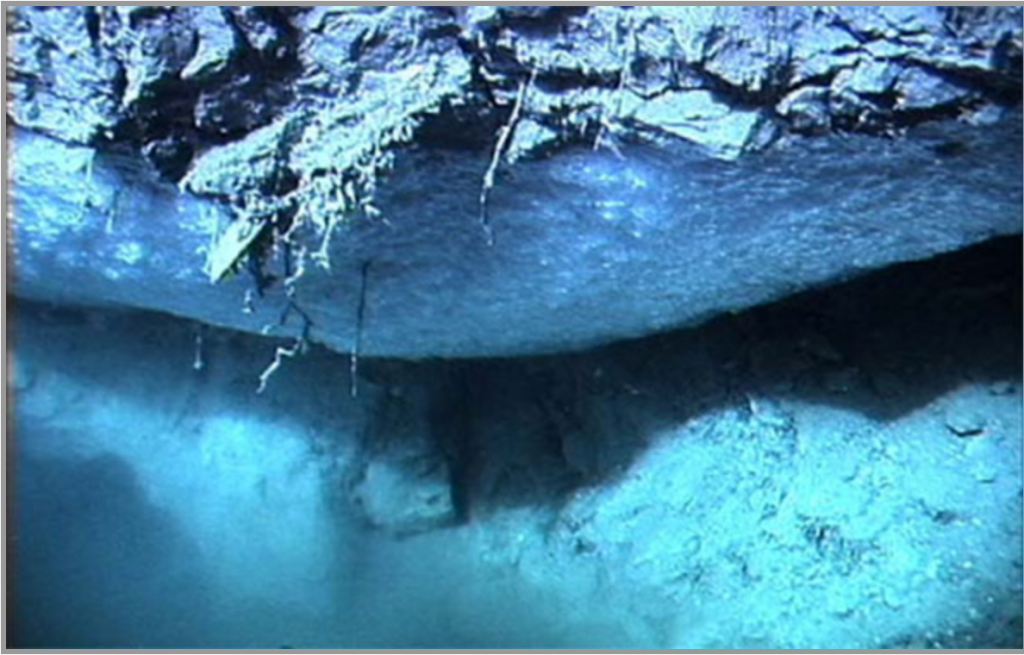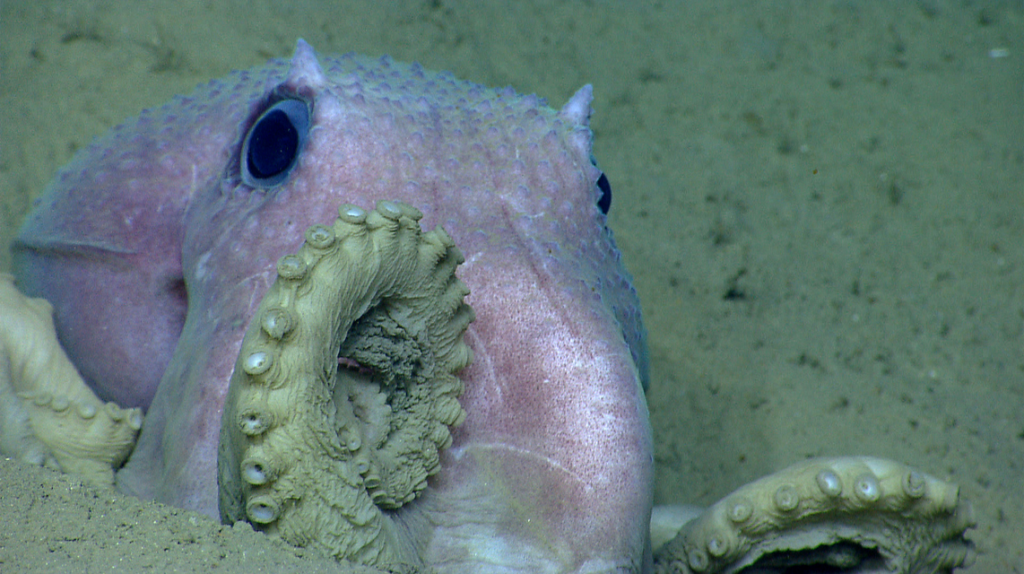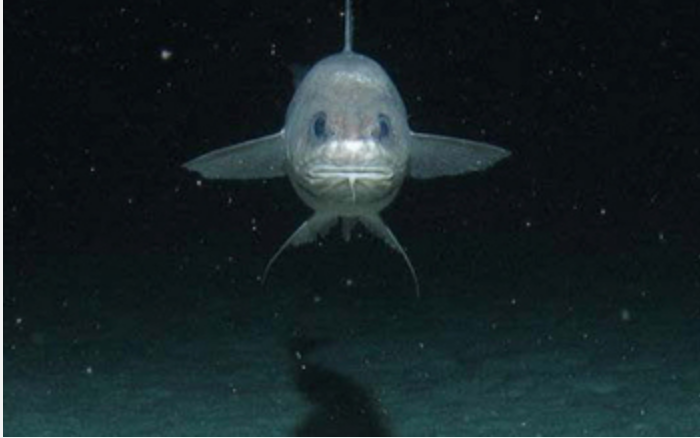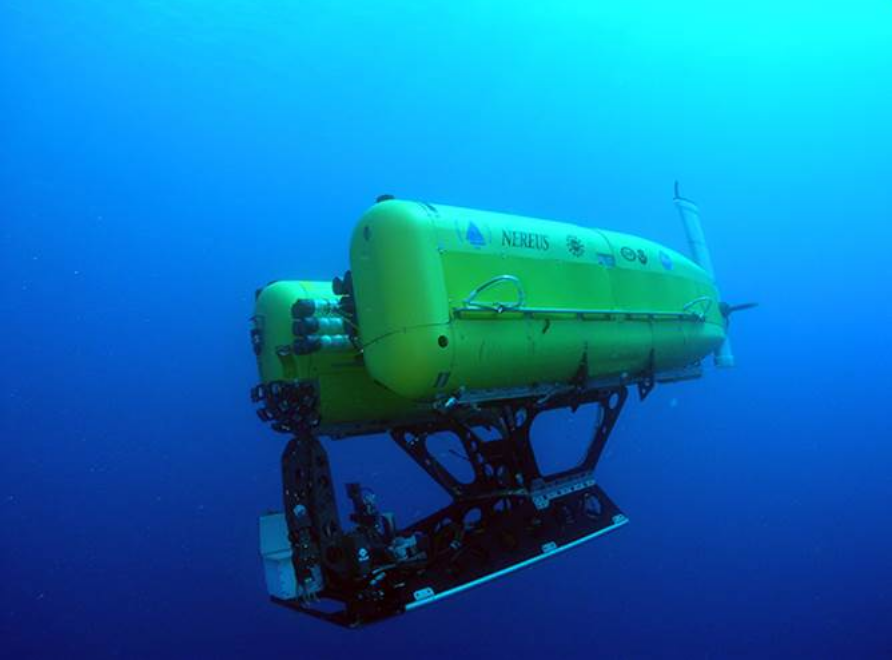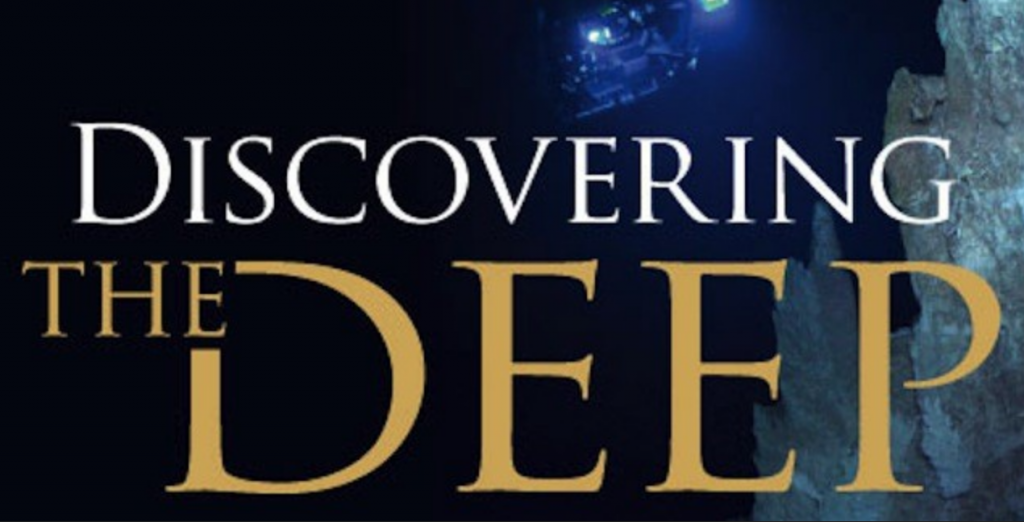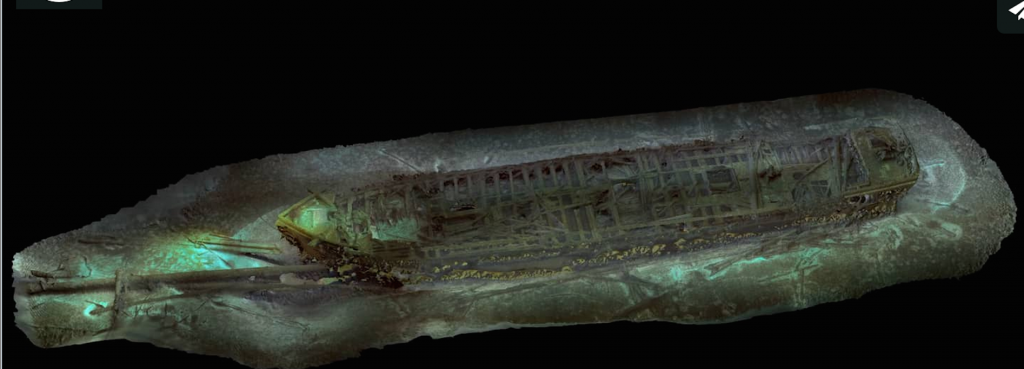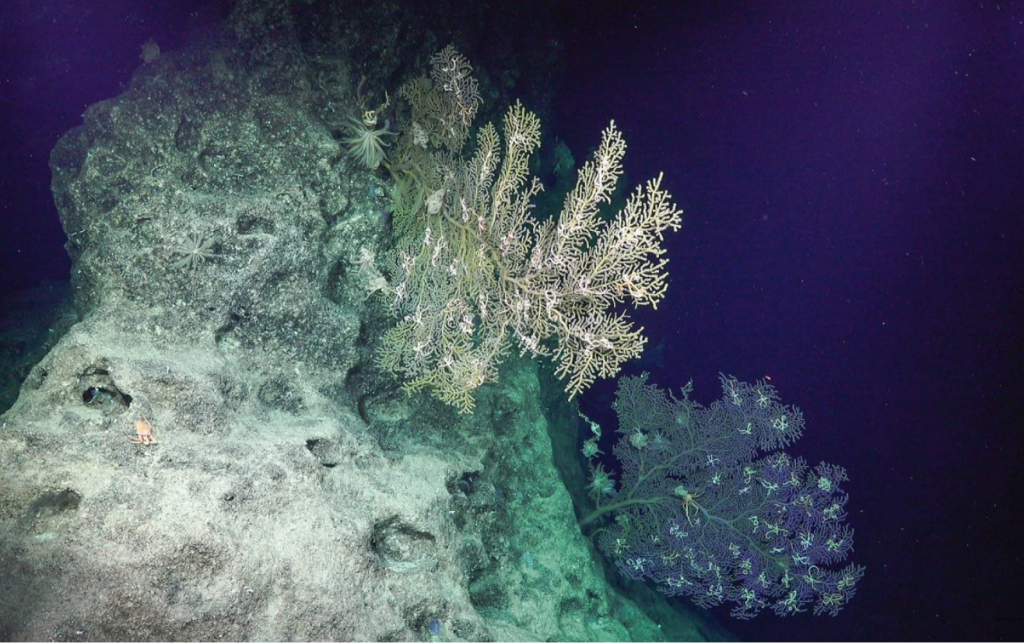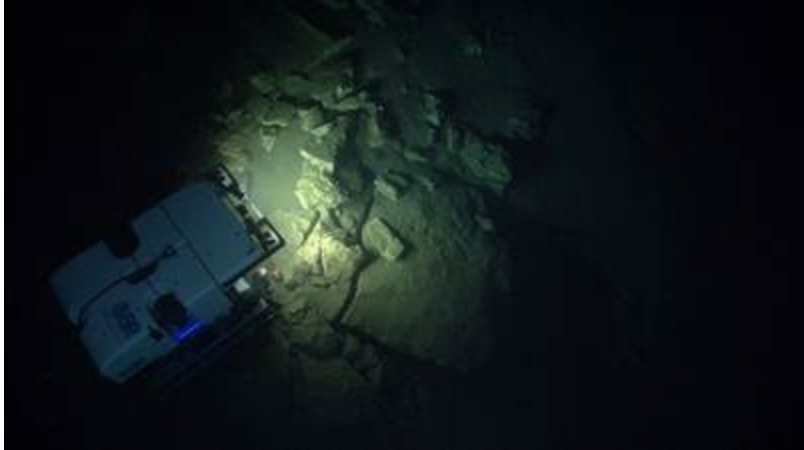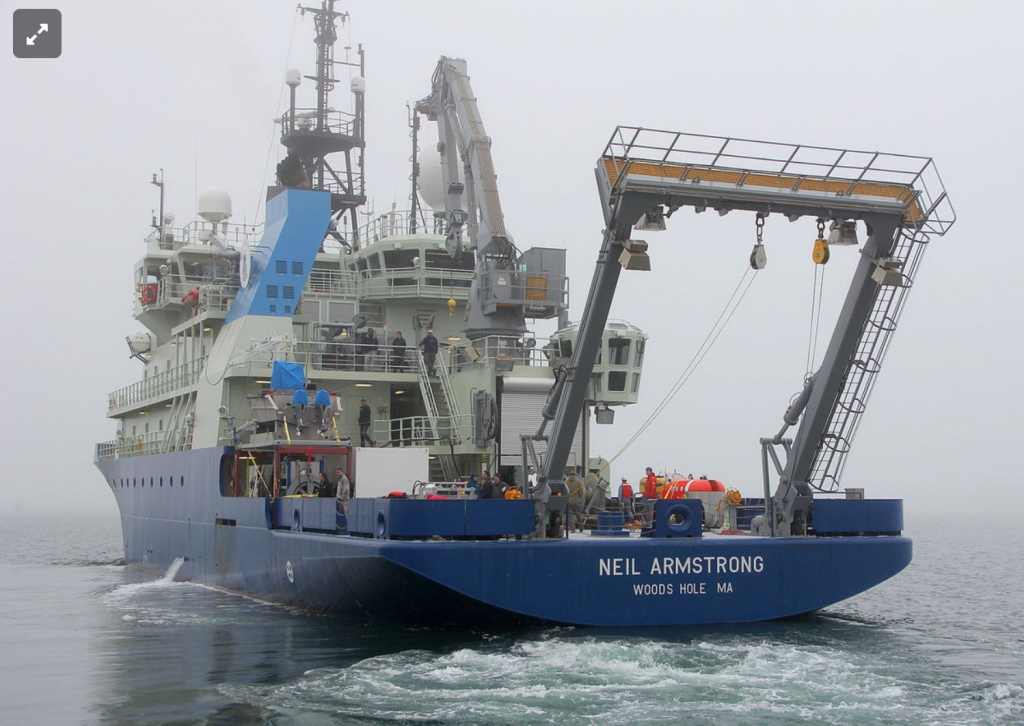Posts by madeleine.rogers
Exploration of Cold Seeps on the North Atlantic Continental Margin
The continental shelf and slope off the northeastern U.S., the underwater edge of the continent that borders the Atlantic Ocean basin, hosts an incredible diversity of habitats including approximately 70 submarine canyons ranging from depths of approximately 100 meters to 3,500 meters, etched by rivers thousands of years ago when this region was above sea…
Read MoreSee the strange creatures NOAA found at the bottom of the sea
Last month, while traveling around Puerto Rico and the U.S. Virgin Islands, the NOAA ship spotted 100 different species of fish, along with 50 different species of coral and hundreds of other invertebrates. One fish species is so new it’s never been named; another jellyfish-like creature called a ctenophore or comb jelly, has only been…
Read MoreInto the abyss: Scientists explore one of Earth’s deepest ocean trenches
What lives in the deepest part of the ocean–the abyss? A team of researchers funded by the National Science Foundation (NSF) will use the world’s only full-ocean-depth, hybrid, remotely-operated vehicle, Nereus, and other advanced technology to find out. They will explore the Kermadec Trench at the bottom of the Pacific Ocean. Read More
Read MoreExploring One of the Deepest Ocean Trenches
An international team of researchers led by deep-sea biologist Tim Shank of the Woods Hole Oceanographic Institution (WHOI) will use the world’s only full-ocean depth, hybrid remotely operated vehicle, Nereus and other advanced technology to explore life in the depths of the Kermadec Trench. Read More
Read MoreDeep Sea Explorations Come to Life in Extraordinary New Book
WHOI scientists Daniel Fornari and Timothy Shank and their colleagues Jeff Karson (Syracuse Univ.), Deborah Kelley (U. Washington) and Michael Perfit (U. Florida) bring their deep-sea explorations to the public with an extraordinary new book, “Discovering the Deep: A Photographic Atlas of the Sea-Floor and Ocean Crust. Read More
Read MoreRe-envisioning Underwater Imaging
The Advanced Imaging and Visualization Laboratory (AIVL) at the Woods Hole Oceanographic Institution (WHOI) working with Marine Imaging Technologies has developed a revolutionary new multi-function, underwater imaging system capable of generating ultra-high definition television (UHDTV) video, 2-D mosaic imaging, and 3-D optical models of seafloor objects and environments. The new state-of-the-art technology is currently being…
Read MoreDeep-Sea Exploration Gives New Insight and Discoveries in Largest and Deepest UNESCO World Heritage Site
APIA, SAMOA – Seventeen underwater robotic dives have been made using ROV SuBastian, completing the first expedition of the islands and eastern seamounts of the Phoenix Islands Protected Area (PIPA) in the nation of Kiribati. This follows an initial exploration of the western seamounts by the NOAA Ship Okeanos Explorer. “This journey was in the…
Read MoreDeep Sea Canyons and Seeps Discovered off U.S. Northeast
Ocean explorers in July on NOAA Ship Okeanos Explorer discovered a wide diversity of seafloor features and communities of life in the largely unexplored deep-sea canyons off the northeast U.S. coast. Now through August 16, as the expedition continues, the public can join the mission as “citizen scientists,” at oceanexplorer.noaa.gov/okeanos, to see live seafloor video…
Read MoreArmstrong Sets out on Expedition
R/V Neil Armstrong left Woods Hole at 1 PM Monday, May 2, on a science verification expedition to test the University of Connecticut’s remotely operated vehicle (ROV) Kraken2 and the hybrid ROV Nereid Under-Ice. Read More
Read More
